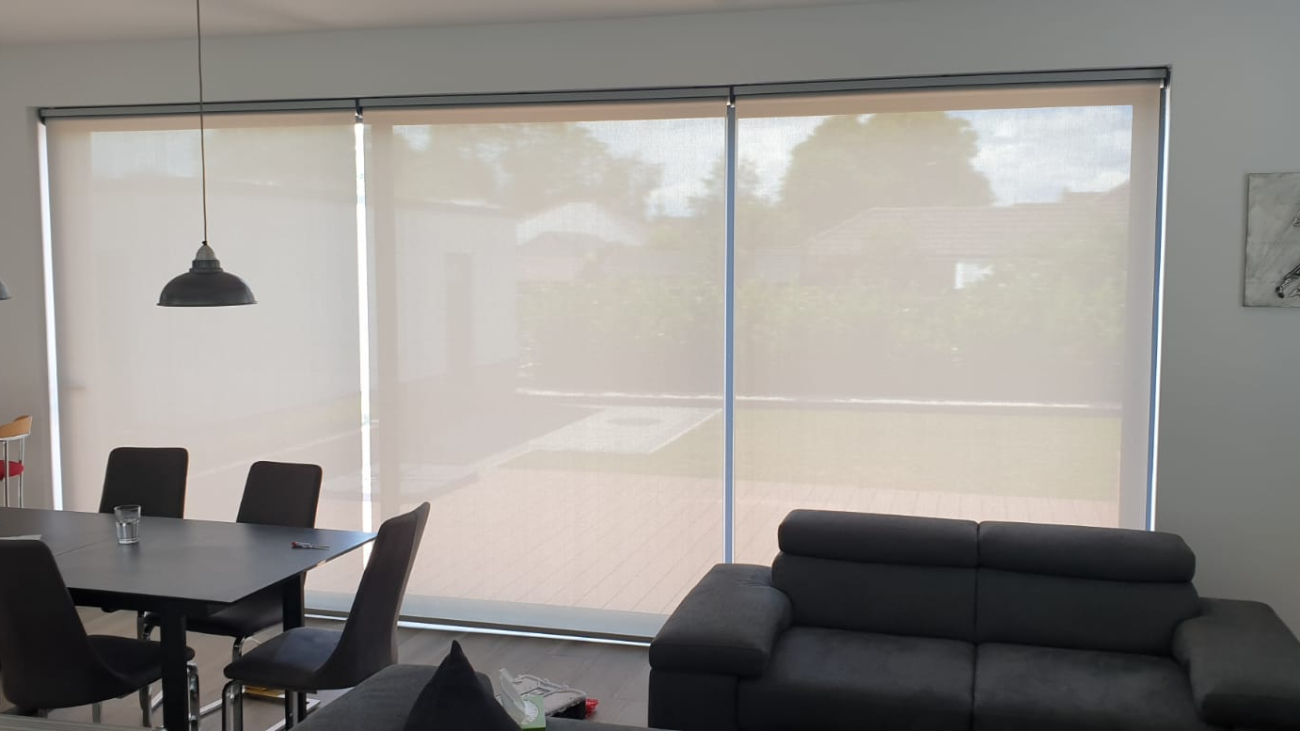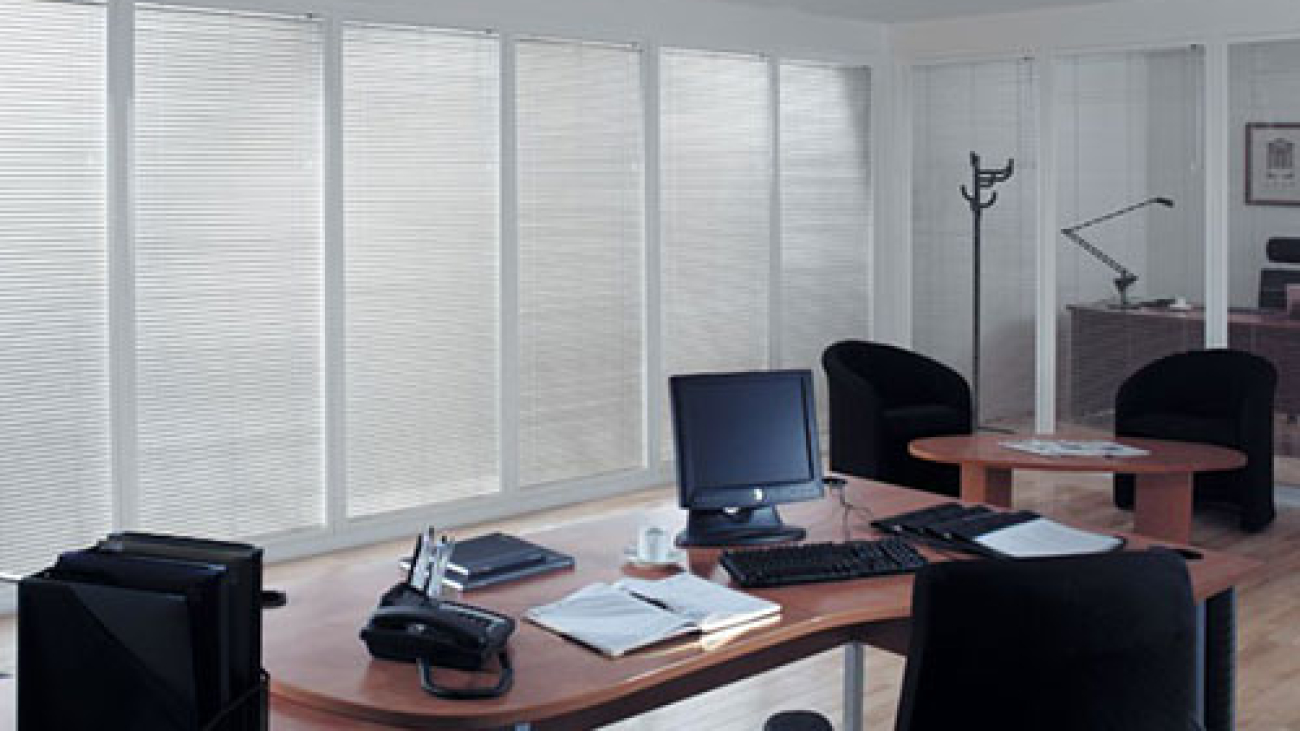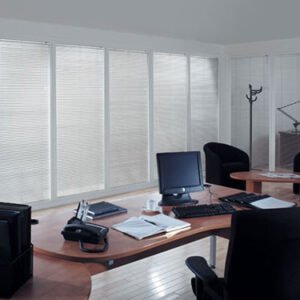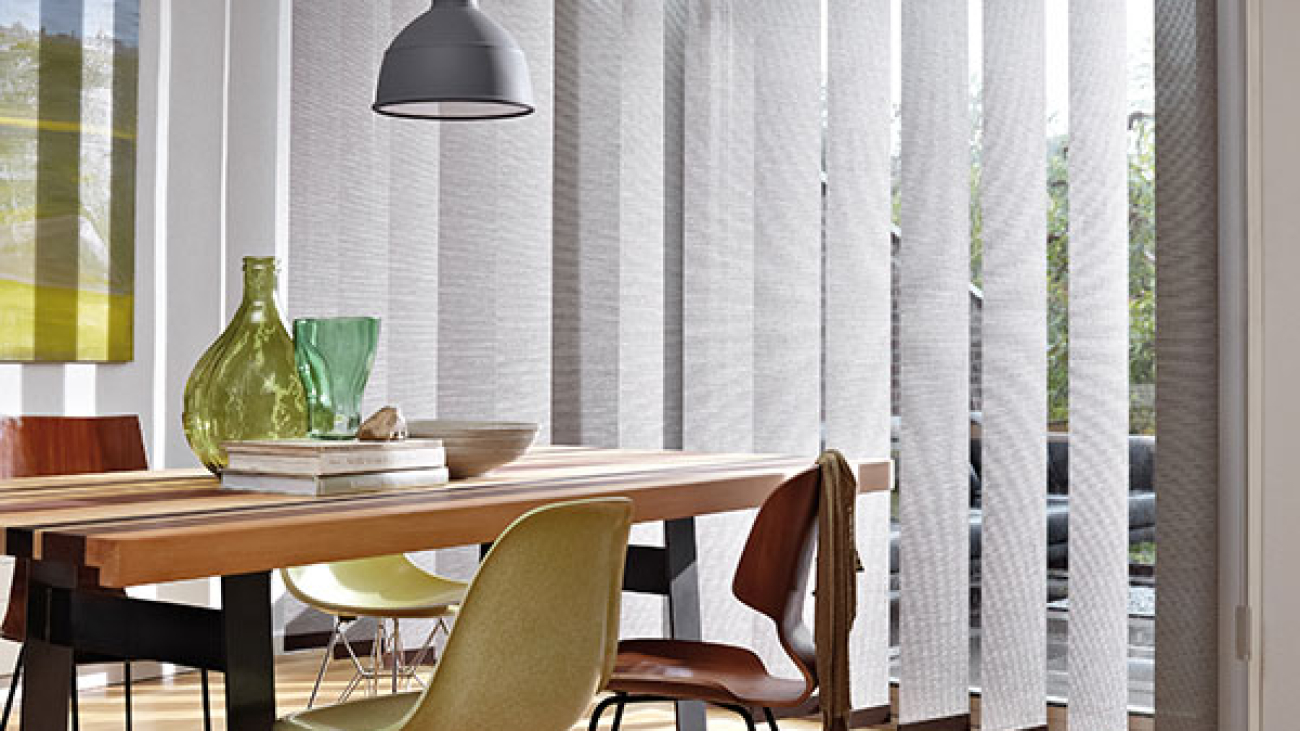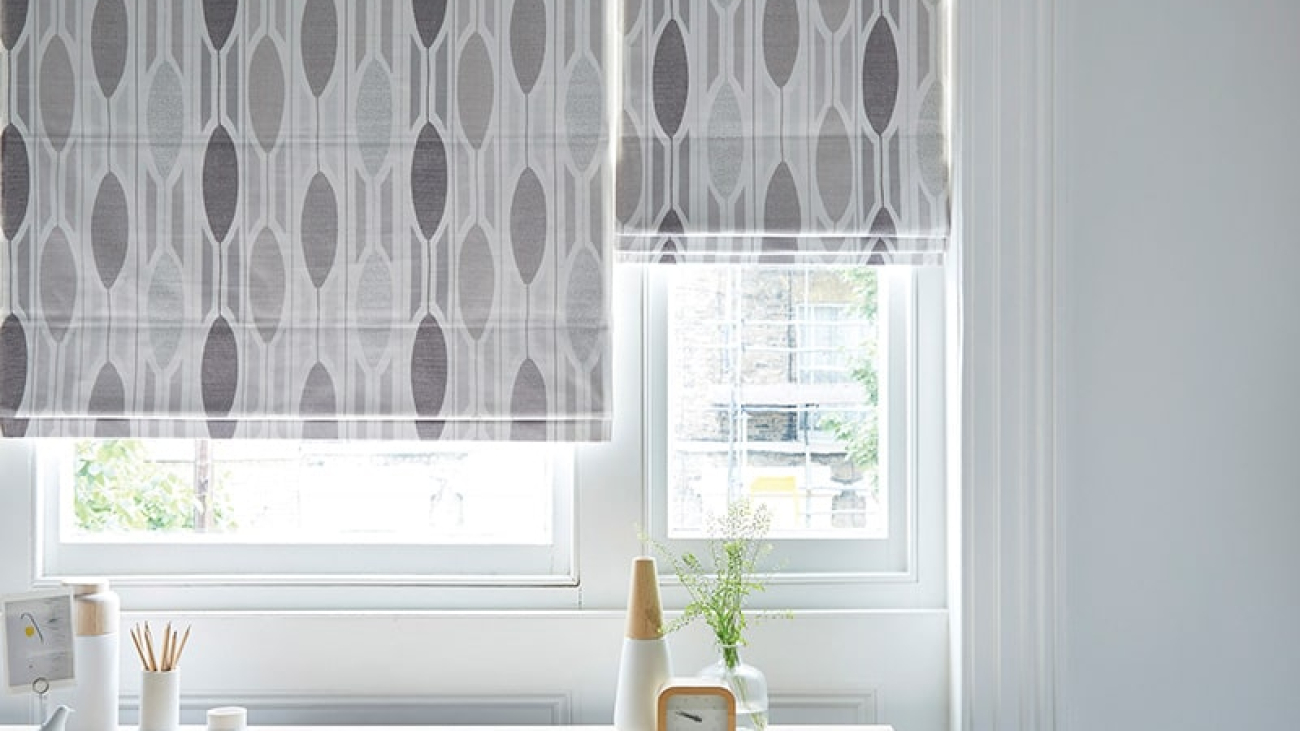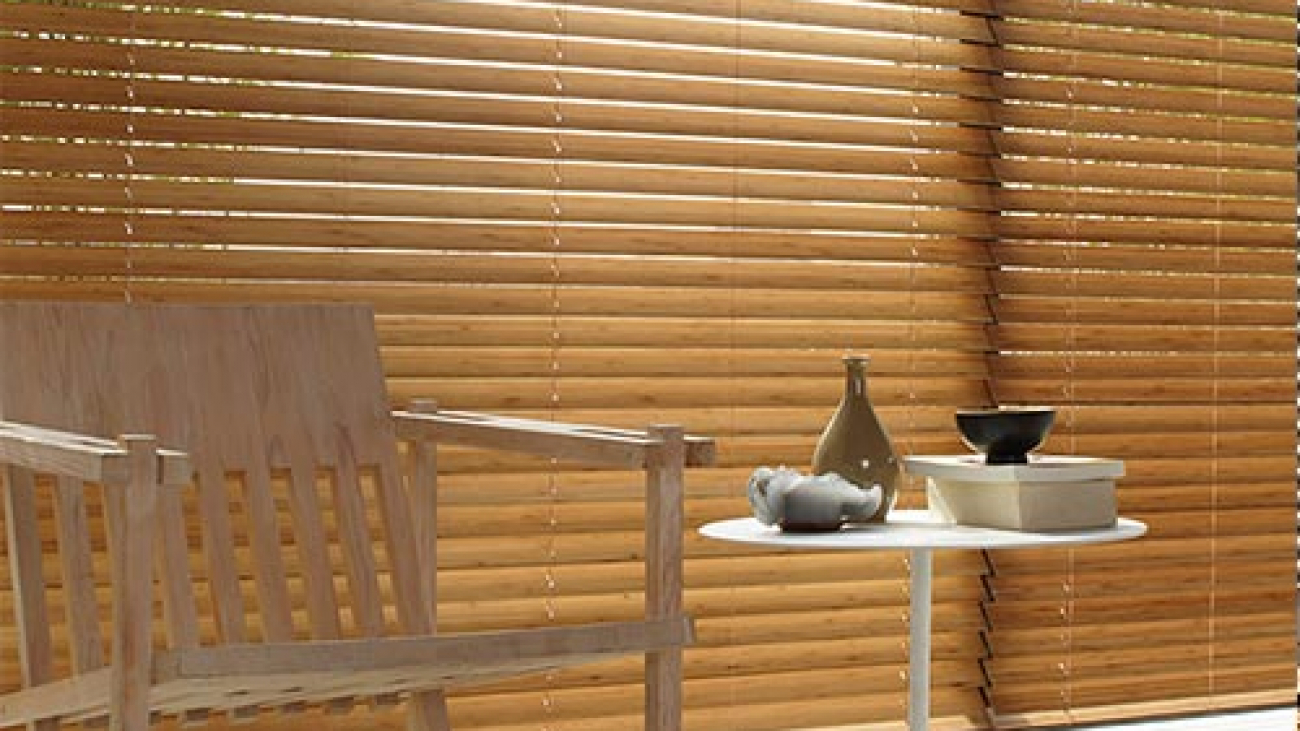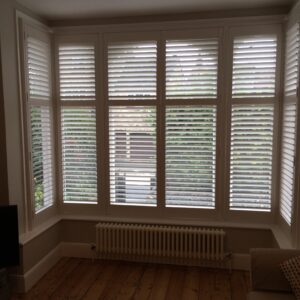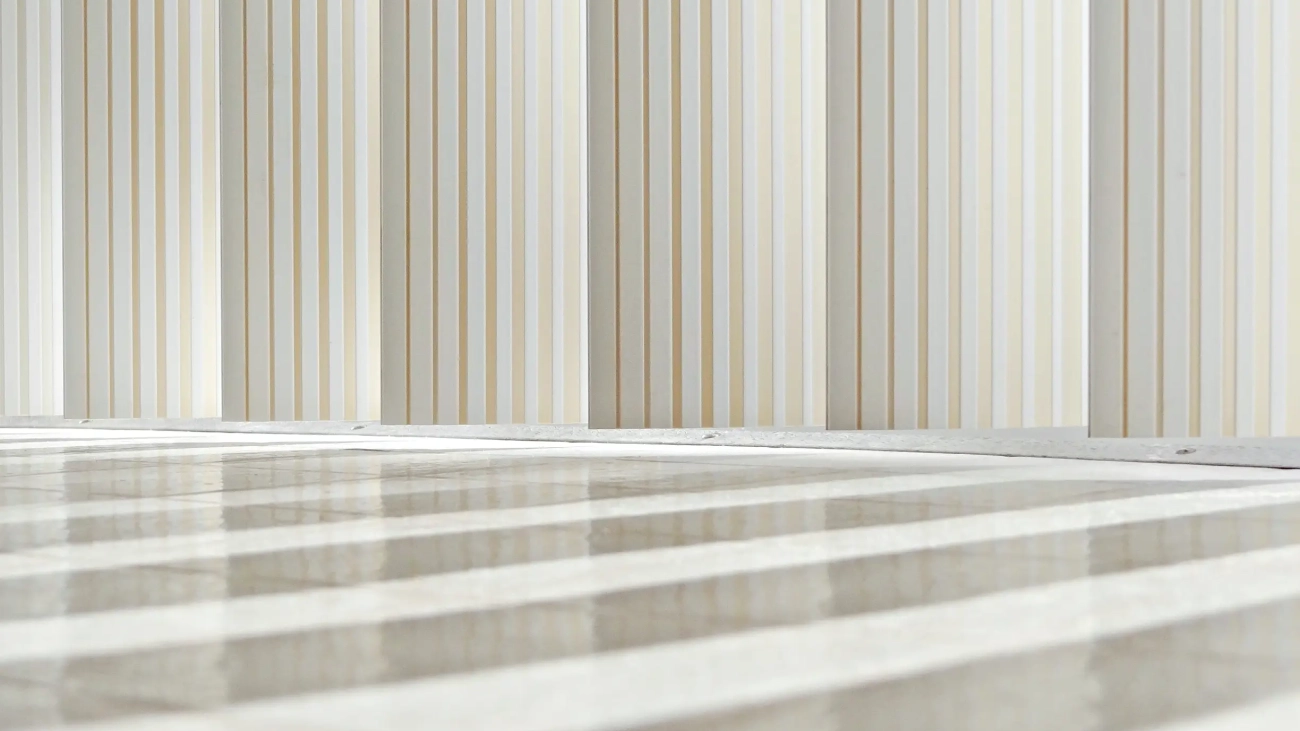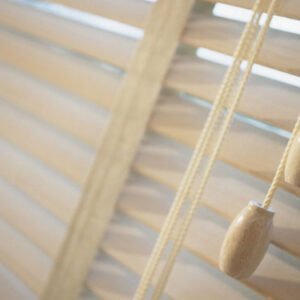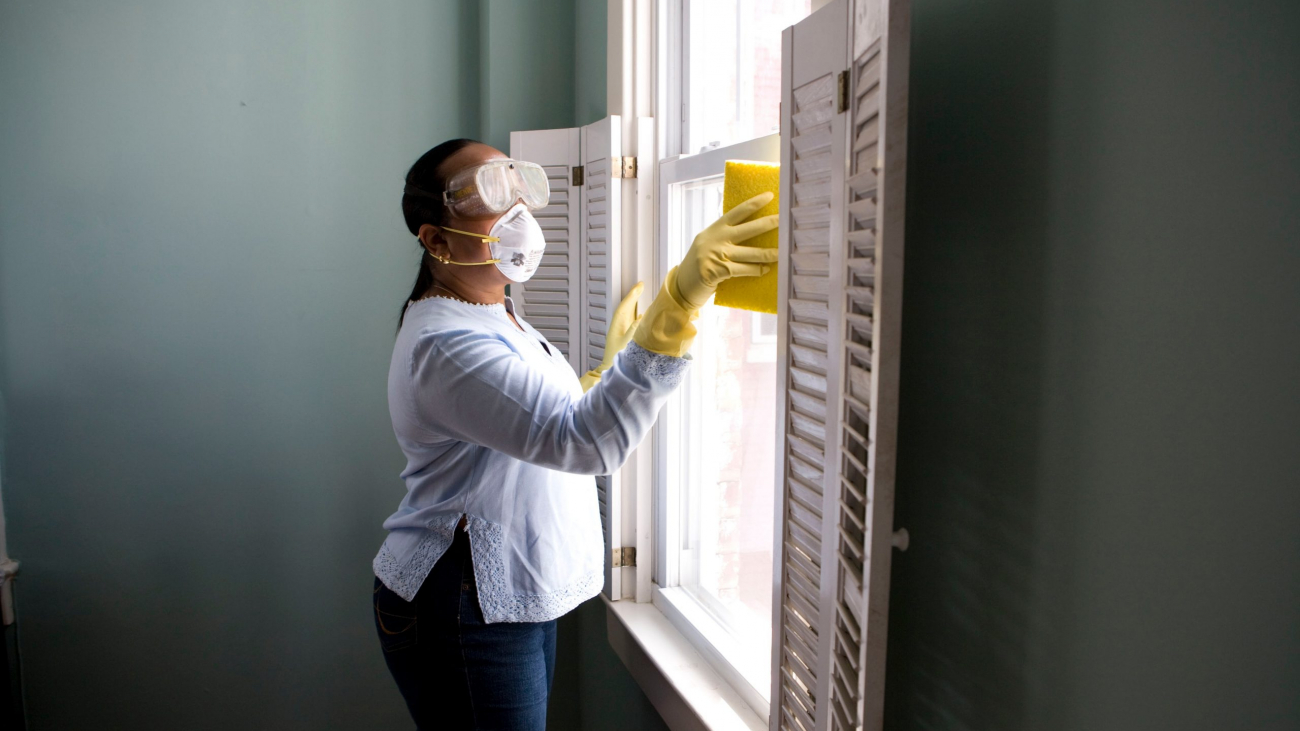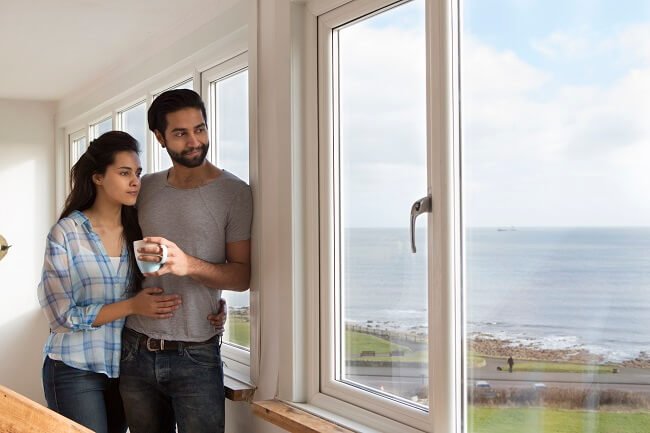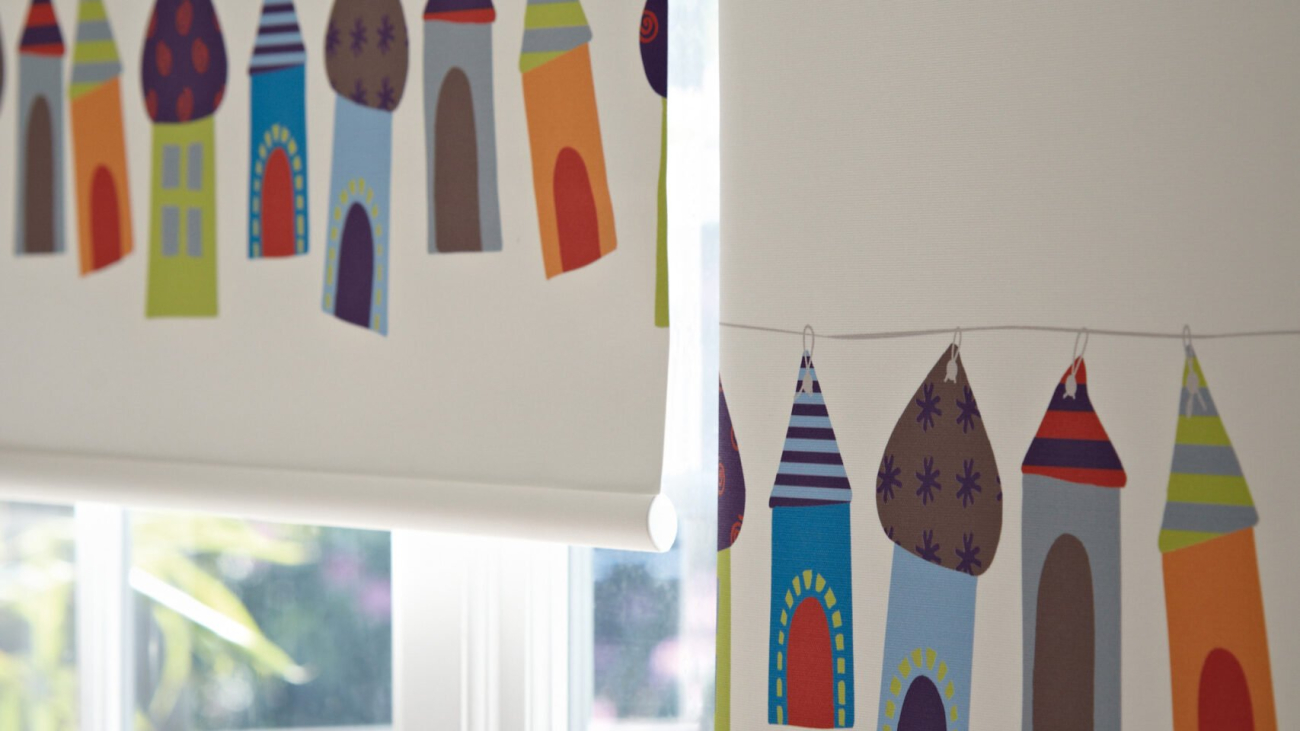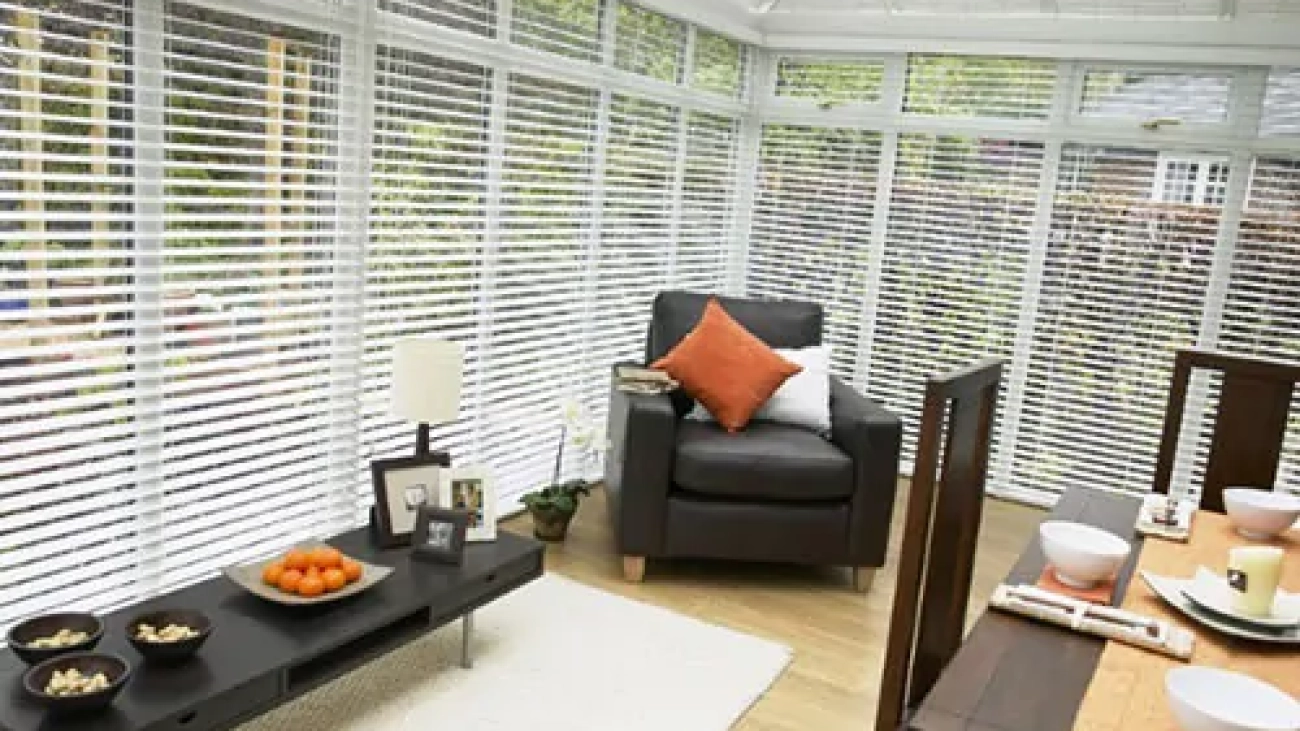Blinds are an essential aspect of any home, providing privacy, insulation, and light control. However, blinds are not immune to wear and tear, and they can deteriorate over time. As a homeowner, you can extend the life of your blinds and save money in the long run by following some simple tips and tricks.
Regular cleaning
Regular cleaning is essential to maintain the appearance and functionality of your blinds. Dirt, dust, and grime can accumulate on your blinds, causing them to deteriorate faster. Clean your blinds once a week using a soft cloth or a duster. For deeper cleaning, you can use a vacuum cleaner with a brush attachment.
Avoid harsh chemicals
Avoid using harsh chemicals such as bleach, ammonia, or any abrasive cleaner on your blinds. These chemicals can damage the material of your blinds, causing them to fade, crack, or even break. Instead, use mild soap and water to clean your blinds.
Use proper handling techniques
When opening and closing your blinds, use proper handling techniques. Avoid pulling on the cords or slats as this can cause damage to the mechanism of the blinds. Instead, use the wand or tilt mechanism to open and close your blinds.
Adjust the blinds properly
Adjusting the blinds properly can also help extend their life. Avoid overextending the blinds, as this can cause the slats to warp or break. Similarly, avoid leaving the blinds closed for extended periods, as this can cause the slats to stick together or become misaligned.
Protect the blinds from the sun
UV rays from the sun can cause your blinds to fade and deteriorate over time. Protect your blinds from direct sunlight by installing curtains or shades that can block the sun’s rays. Alternatively, you can use blinds made from UV-resistant materials that can withstand exposure to sunlight.
Repair damages promptly
If you notice any damages to your blinds, such as broken slats or cords, repair them promptly. Ignoring damages can cause them to worsen, making repairs more expensive or even requiring the replacement of the blinds.
By following the tips outlined above, you can extend the life of your blinds and keep them looking like new ones for longer. Regular cleaning and proper handling techniques go a long way in ensuring your blinds last as long as possible.
how to protect against sun discolouring
Blinds are a common feature of windows in many homes and offices, and they are used to provide privacy, light control, and decoration. However, exposure to sunlight can cause some blinds to fade and become discoloured over time. Fortunately, there are several ways to protect your blinds against sun discolouration:
Choose the right materials
When selecting blinds, choose materials that are resistant to fading and discolouration from sunlight. Some materials, such as PVC or aluminium, are naturally resistant to fading and are a good choice for areas with high levels of sunlight exposure.
Install window film
Window film is an effective way to protect your blinds from sun discolouration. The film blocks UV rays from the sun, which can cause your blinds to fade and discolour over time. The film is easy to install and can be found at most home improvement stores.
Use curtains or shades
Curtains or shades can also help protect your blinds from sun discolouration. When drawn, curtains or shades can block sunlight from entering the room and directly hitting your blinds. This helps to reduce the amount of UV radiation that your blinds are exposed to, thus prolonging their life.
Use blinds in a closed position
Another effective way to protect your blinds from sun discolouration is to keep them closed when not in use. This will reduce the amount of sunlight that your blinds are exposed to, thus slowing down the fading process.
Use a top-down/bottom-up feature
Many blinds come with a top-down/bottom-up feature, which allows you to adjust the blinds from the top or the bottom. This feature is useful for controlling the amount of sunlight that enters the room and can help reduce the amount of UV radiation that your blinds are exposed to.
Overall, blinds are a must-have in any home and with the right upkeep, they can last for years. Just think of how much you could save if you simply kept up on some essential maintenance tips such as regular cleaning, avoiding harsh chemicals, using proper handling techniques when adjusting them, protecting them from direct sunlight exposure and repairing damages straight away! With these practices your blinds will be in good shape to stay around longer – so don’t forget ’em!
For more information on blinds, please visit Paul James Blinds in Suffolk. They are experts when it comes to blinds and has a wide range of styles, materials and products to choose from. With their help, you can make sure your blinds not only look great but last longer as well.
